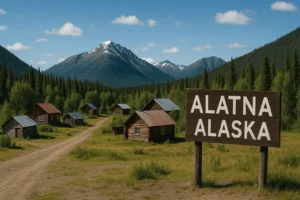The man behind one of Alaska’s most significant oil discoveries is confident he’s found another in uncharted territory. Bill Armstrong, the Colorado-based geologist who discovered the giant Pikka field in 2013, believes the Sockyey-2 oil discovery could reshape the eastern North Slope.
The well lies roughly 100 miles east of Pikka near ExxonMobil’s Point Thomson field and close to the Arctic National Wildlife Refuge. Armstrong’s company, Lagniappe Alaska, partnered with Apache and Santos to drill the Sockeye-2 well earlier this year.
The 325,000-acre leasehold is on state land, meaning Alaska could fully benefit from future royalties if development proceeds—the well-produced encouraging results. Apache reported a successful flow test and described the shallow marine reservoirs’ productivity as exceptional.
Santos also expressed excitement, calling the early outcome a confirmation of regional resource potential. Independent geologists who reviewed the data say Armstrong’s team appears to be onto something substantial once again.
David Houseknecht, a US Geological Survey emeritus geologist, said the area is highly prospective and rarely explored. Mark Myers, a former USGS director and petroleum geologist, praised Armstrong’s methods and team.
He noted that the same approach that led to the Pikka and Willow finds could result in further discoveries eastward. The Sockeye area may contain 700 million barrels of recoverable oil. Armstrong says the oil flows freely and requires no stimulation, a throwback to simpler drilling days.
While Sockeyes-2 is smaller than Pikka, Armstrong said its reservoir characteristics are more favorable. Infrastructure nearby at Point Thomson may ease eventual development. Drilling could resume as early as 2027. Until then, state officials and conservation groups will be watching closely.









